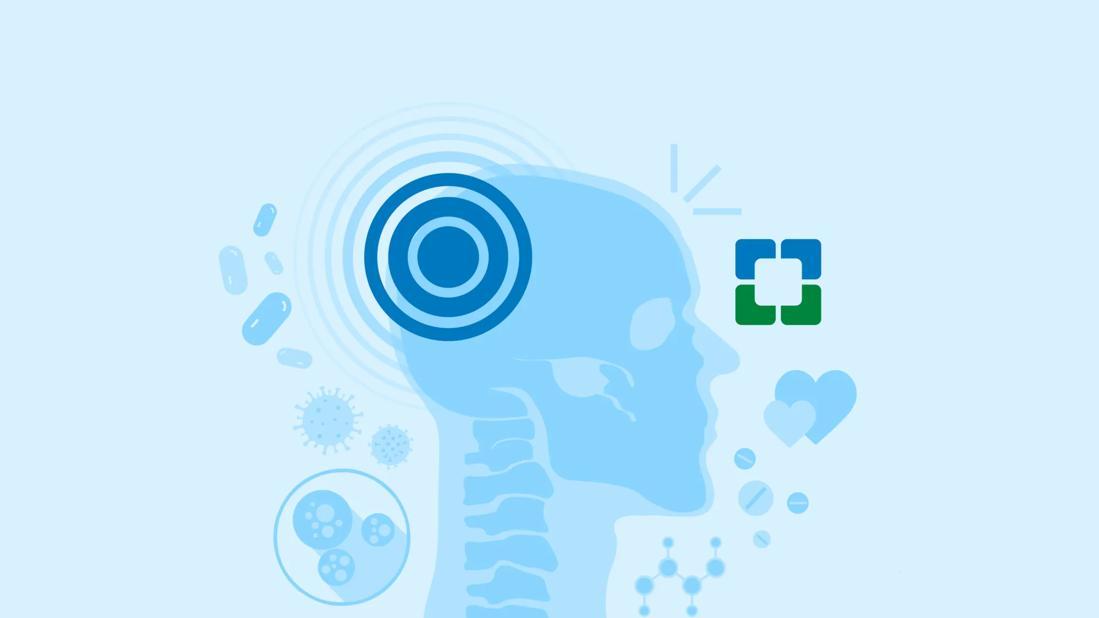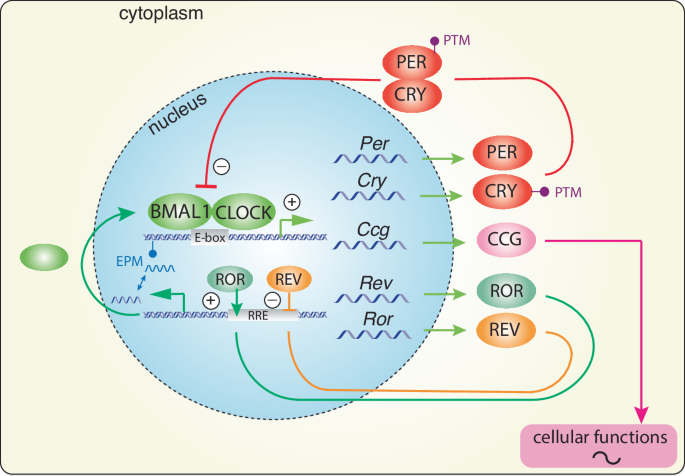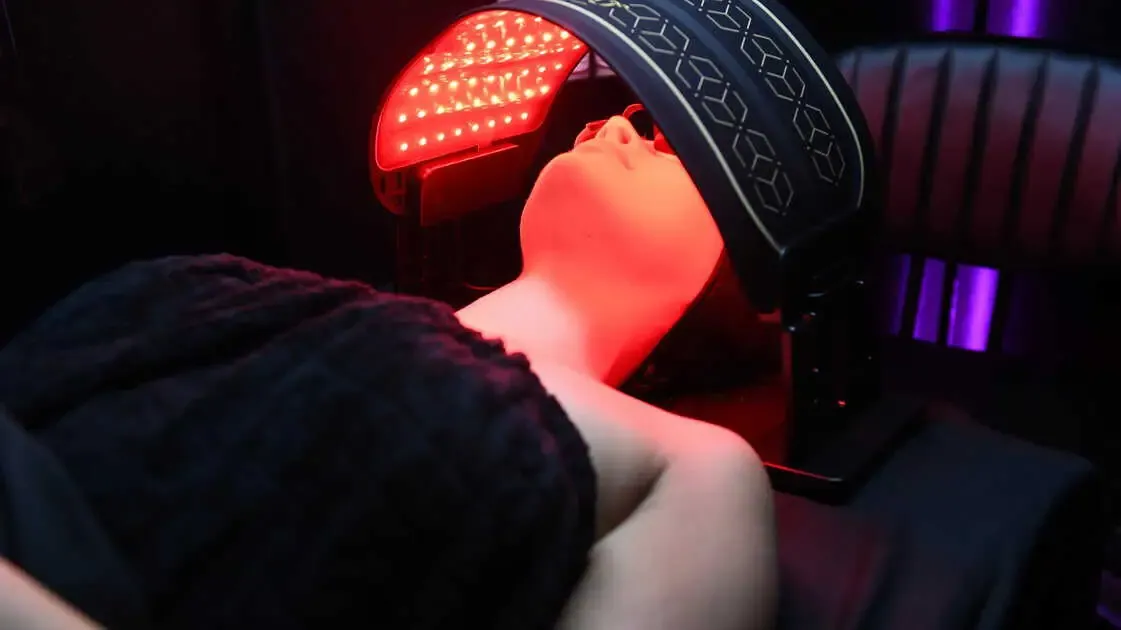In the quest for radiant skin and a balanced spirit, understanding How Light Affects Melatonin And Mood Regulation is an often-overlooked yet profoundly powerful piece of the puzzle. At Glow Pulse Therapy, we believe true beauty radiates from within, a harmonious blend of physical vitality and emotional tranquility. Your daily encounter with light, from the sunrise glow to the artificial hum of screens, orchestrates a symphony within your body, dictating not just your sleep patterns but also your emotional landscape and even your skin’s health. It’s a dynamic interplay that, once understood, empowers you to nurture your well-being holistically and sustainably.
Decoding the Circadian Rhythm: Light’s Masterpiece
Have you ever wondered why you feel energized in the morning and sleepy at night? The answer lies in your body’s internal clock, known as the circadian rhythm. This 24-hour cycle regulates countless physiological processes, and its primary synchronizer is light. Specifically, special photoreceptors in your eyes, called intrinsically photosensitive retinal ganglion cells (ipRGCs), detect light and send signals directly to the suprachiasmatic nucleus (SCN) in your brain – your body’s master clock. This intricate system is fundamental to understanding how light affects melatonin and mood regulation.
How Does Light Influence Our Circadian Rhythm?
Light acts as the alarm clock for your internal rhythm, signaling to your brain whether it’s day or night. This signal is crucial for orchestrating essential bodily functions like sleep-wake cycles, hormone release, and even metabolism. Without consistent light cues, your circadian rhythm can become misaligned, leading to various health issues.
This master clock, the SCN, is intricately linked to the production of melatonin, often dubbed the “sleep hormone.” When light hits these specialized cells, it inhibits melatonin production, keeping you awake and alert. As darkness falls, melatonin levels naturally rise, signaling to your body that it’s time to wind down and prepare for sleep. This elegant dance between light and darkness is fundamental to maintaining a healthy sleep-wake cycle and, by extension, your mood and overall well-being.
Melatonin: More Than Just a Sleep Hormone
While melatonin is renowned for its role in regulating sleep, its influence extends far beyond the realm of slumber. It’s a powerful antioxidant, a mood modulator, and even plays a part in skin health. Understanding this broader spectrum of benefits is key to appreciating how light affects melatonin and mood regulation comprehensively.
What is Melatonin’s Role Beyond Sleep?
Beyond its well-known role in inducing sleep, melatonin acts as a robust antioxidant, protecting cells from damage caused by free radicals. This protective quality is vital for cellular health throughout the body, including the skin. It also has anti-inflammatory properties and can influence immune function, contributing to overall systemic well-being.
“Melatonin is truly a fascinating molecule. While most people associate it solely with sleep, its antioxidant and anti-inflammatory properties are incredibly significant for overall health, including protecting our skin from environmental stressors. Optimizing its natural production through mindful light exposure is a foundational step for comprehensive well-being.” – Dr. Anya Sharma, Holistic Health Physician.
The Direct Link: Light, Mood, and Your Emotional Canvas
The connection between light and mood is palpable, often experienced as a lift in spirits on a sunny day or a sense of gloom during prolonged cloudy periods. This isn’t just anecdotal; it’s deeply rooted in the neurobiology of how light affects melatonin and mood regulation.
How Does Light Exposure Influence Mood Regulation?
Light, particularly bright morning light, helps regulate neurotransmitters like serotonin, often called the “feel-good hormone.” Adequate serotonin levels are crucial for mood stability, feelings of well-being, and even appetite control. Disruptions in light exposure can lead to imbalances, contributing to mood swings, irritability, and even more severe conditions like Seasonal Affective Disorder (SAD).
Seasonal Affective Disorder (SAD) and Light Therapy
SAD is a type of depression that occurs during specific seasons, most commonly winter, when daylight hours are shorter. The lack of natural light disrupts the body’s circadian rhythm and melatonin levels, leading to symptoms like low energy, sadness, and increased sleep. Light therapy, which involves exposure to a special light box that mimics natural outdoor light, is a primary treatment for SAD, demonstrating the profound impact of light on mood.
The Skin’s Secret Ally: Melatonin and Skin Health
At Glow Pulse Therapy, we recognize that radiant skin isn’t just about topical treatments; it’s about nurturing your body from within. The connection between how light affects melatonin and mood regulation extends directly to your skin’s vitality.
Can Light Affect My Skin’s Health Through Melatonin?
Absolutely. Melatonin, produced predominantly at night in darkness, acts as a potent antioxidant within the skin cells. It helps neutralize free radicals generated by UV radiation and environmental pollutants during the day, reducing oxidative stress that leads to premature aging, fine lines, and dullness. When your melatonin production is compromised due to poor light habits, your skin misses out on this vital nocturnal repair and protection.
Furthermore, chronic sleep deprivation, often a consequence of disrupted light exposure and melatonin cycles, elevates stress hormones like cortisol. Elevated cortisol can trigger inflammation, collagen breakdown, and worsen skin conditions like acne, eczema, and psoriasis. Thus, optimizing how light affects melatonin and mood regulation directly translates into healthier, more resilient skin.
The Modern Paradox: Navigating Artificial Light
In our modern world, we’re surrounded by artificial light, especially from screens. While convenient, this constant exposure, particularly to blue light in the evening, poses significant challenges to our natural rhythms.
Why is Evening Blue Light Exposure Problematic?
Blue light, emitted by smartphones, tablets, computers, and LED lighting, is particularly effective at suppressing melatonin production. When you expose yourself to blue light in the evening, your brain receives a strong “daytime” signal, even if it’s past your bedtime. This delays melatonin release, making it harder to fall asleep, disrupting sleep quality, and potentially throwing your circadian rhythm out of sync. This disruption directly counteracts the natural process of how light affects melatonin and mood regulation.
“The ubiquity of screens in our lives presents a significant challenge to our sleep and mental well-being. Even short bursts of blue light exposure in the hours before bed can significantly delay melatonin onset, pushing back our sleep window and fragmenting our precious restorative sleep. Being mindful of evening light is a powerful, yet often overlooked, self-care practice.” – Dr. Elena Petrova, Cognitive Psychologist.
 A visual representation of blue light from screens affecting the brain and disrupting melatonin production, impacting how light affects melatonin and mood regulation.
A visual representation of blue light from screens affecting the brain and disrupting melatonin production, impacting how light affects melatonin and mood regulation.
Practical Strategies for Luminous Well-being
Now that we understand how light affects melatonin and mood regulation, what can we do to harness its power for our benefit? At Glow Pulse Therapy, we encourage conscious choices that promote harmony between your environment and your inner state.
How Can I Optimize My Light Exposure for Better Sleep, Mood, and Skin?
Optimizing your light environment is a foundational step toward holistic well-being. It involves consciously integrating beneficial light and minimizing disruptive light throughout your day.
- Embrace Morning Light:
- Action: As soon as you wake up, expose yourself to natural light for 10-30 minutes. Step outside, open curtains, or sit by a bright window.
- Benefit: This signals to your brain that the day has begun, kickstarting cortisol production (to wake you up) and suppressing melatonin, setting your circadian rhythm correctly. It also boosts serotonin, promoting alertness and positive mood.
- Maximize Daytime Natural Light:
- Action: Work near a window, take outdoor breaks, or consider a full-spectrum daylight lamp if natural light is scarce.
- Benefit: Consistent exposure to bright, natural light throughout the day reinforces your circadian rhythm, enhances alertness, improves focus, and stabilizes mood.
- Dim Down in the Evening:
- Action: 2-3 hours before bedtime, dim the lights in your home. Use warmer, softer light sources. Avoid overhead bright lights.
- Benefit: This signals to your body that night is approaching, allowing melatonin production to rise naturally, preparing you for restful sleep.
- Minimize Blue Light Exposure Before Bed:
- Action: Put away smartphones, tablets, and laptops at least 60-90 minutes before sleep. If you must use screens, activate blue light filters (night shift mode) or wear blue-light-blocking glasses.
- Benefit: Prevents melatonin suppression, ensuring an easier transition to sleep and deeper, more restorative rest.
- Create a Dark Sleep Sanctuary:
- Action: Ensure your bedroom is as dark as possible. Use blackout curtains, remove night lights, and cover any glowing electronics.
- Benefit: Even subtle light can disrupt melatonin production during sleep, impacting sleep quality and the body’s nighttime repair processes. Complete darkness is crucial for optimal melatonin release and cellular regeneration, including for your skin.
| Light Type | Best Time for Exposure | Key Benefits for Skin & Mood | What to Avoid / Consider |
|---|---|---|---|
| Natural Sunlight | Morning & Daytime | Boosts mood, regulates circadian rhythm, enhances alertness, supports Vitamin D synthesis, boosts serotonin, sets up healthy melatonin cycle. | Excessive direct exposure without protection (UV damage). |
| Warm/Red-toned Light | Evening | Signals night, allows melatonin production, promotes relaxation, less disruptive to sleep. | Use as primary light source after sunset. |
| Blue Light (from screens) | Daytime (briefly) | Can boost alertness during the day. | Excessive exposure, especially in the evening; suppresses melatonin. |
 An image illustrating various light sources and their appropriate usage times to optimize well-being and demonstrate how light affects melatonin and mood regulation.
An image illustrating various light sources and their appropriate usage times to optimize well-being and demonstrate how light affects melatonin and mood regulation.
Embracing a Luminous Future with Glow Pulse Therapy
At Glow Pulse Therapy, our philosophy is rooted in the understanding that beauty is an outward manifestation of inner harmony. By taking conscious control over how light affects melatonin and mood regulation, you’re not just improving your sleep; you’re actively enhancing your emotional resilience, boosting your cognitive function, and empowering your skin’s natural repair mechanisms.
We invite you to embark on this journey of holistic well-being, integrating mindful light practices into your daily routine. Let the wisdom of your body’s natural rhythms guide you towards a life where radiant skin and a tranquil spirit are not just aspirations, but lived realities. When you understand and respect the power of light, you unlock a profound potential for a balanced, beautiful, and deeply fulfilling life.
Frequently Asked Questions
Q1: Can I use light therapy at home, and is it safe?
A1: Yes, light therapy devices are widely available for home use and are generally safe when used as directed. They typically emit bright, full-spectrum light, mimicking natural sunlight. Always consult with a healthcare professional before starting light therapy, especially if you have eye conditions or are taking medications that increase light sensitivity.
Q2: How quickly can I expect to see mood improvements from adjusting my light exposure?
A2: Some people report feeling more energized and experiencing mood lifts within a few days of consistent morning light exposure. Significant improvements for conditions like SAD may take a few weeks. Consistency is key for optimal results in how light affects melatonin and mood regulation.
Q3: Does blue light blocking glasses really work?
A3: Blue light blocking glasses can be effective at reducing the amount of blue light reaching your eyes, especially those designed to block specific wavelengths of blue light emitted by screens. They are a helpful tool, particularly if you need to use screens in the evening, to minimize melatonin suppression.
Q4: Besides light, what else affects melatonin production?
A4: While light is the primary regulator, other factors can influence melatonin production, including age (it tends to decrease with age), certain medications, caffeine and alcohol consumption, and overall stress levels. Maintaining a regular sleep schedule also helps reinforce natural melatonin rhythms.
Q5: Is natural light always better than artificial light for mood and skin?
A5: For mood and circadian rhythm regulation, natural light, especially morning sunlight, is generally superior due to its broad spectrum and intensity. For skin health, while natural light is vital for Vitamin D, excessive unprotected sun exposure causes UV damage. Artificial lights should be used strategically to support, not disrupt, your natural light-dark cycle, particularly concerning how light affects melatonin and mood regulation.



